The Warman D108 is a high-performance slurry pump, a critical component in industries such as mining, mineral processing, and dredging.
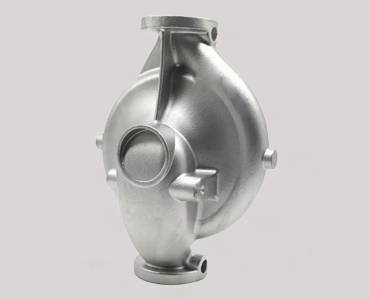
Known for its durability and efficiency, the Warman D108 relies on precision-engineered parts, many of which are manufactured using advanced techniques like lost-wax casting.
This casting method ensures the pump’s components meet stringent standards of quality, precision, and durability.
Warman D108: An Overview
The Warman D108 is a part of the renowned Warman slurry pump series, manufactured by Weir Minerals.
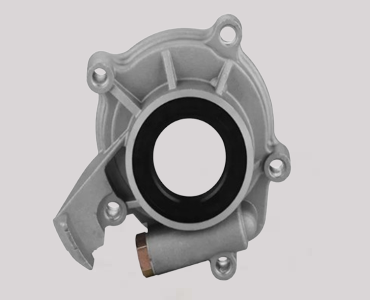
These pumps are engineered to handle abrasive and high-density slurries, making them indispensable in challenging industrial environments.
Key features of the Warman D108 include:
- High Durability: Its components are designed to withstand extreme wear and tear, often caused by abrasive materials in slurries.
- Efficiency: With advanced hydraulic designs, the D108 maximizes energy efficiency, reducing operational costs.
- Ease of Maintenance: Modular designs allow for easy replacement of parts, minimizing downtime.
- Versatility: Suitable for a wide range of applications, including tailings, mineral concentrates, and dredging.
The pump’s success largely depends on the precision and quality of its components, many of which are produced using lost-wax casting, also known as investment casting.
Lost-Wax Casting: A Precision Manufacturing Method
Lost-wax casting is an ancient metalworking technique that has evolved into a highly sophisticated process, ideal for producing complex and high-precision components. Its application in manufacturing Warman D108 parts underscores the importance of this method in modern industrial engineering.
The Lost-Wax Casting Process:
- Pattern Creation: A wax model, replicating the final component, is created. This model is the starting point for the casting process.
- Assembly: Multiple wax models are attached to a central wax sprue to form a “tree,” allowing for simultaneous casting of multiple components.
- Shell Formation: The wax assembly is dipped into a ceramic slurry and coated with fine sand. This process is repeated several times to build a thick, heat-resistant shell.
- Wax Removal: The shell is heated to melt and remove the wax, leaving a hollow mold.
- Metal Pouring: Molten metal is poured into the mold to form the desired component.
- Cooling and Finishing: Once the metal solidifies, the ceramic shell is broken away, and the component undergoes finishing processes like grinding, machining, and polishing.
Why Lost-Wax Casting for Warman D108 Components?
The Warman D108 pump operates in demanding conditions, requiring components with exceptional strength, durability, and precision.
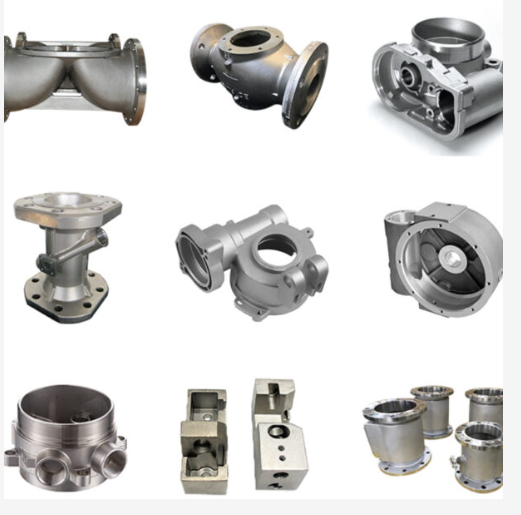
Lost-wax casting meets these requirements by offering several advantages:
- Precision and Accuracy: The process allows for intricate designs and tight tolerances, ensuring components fit perfectly and function optimally.
- Material Versatility: Lost-wax casting accommodates a wide range of metals and alloys, including high-strength materials like stainless steel and nickel-based alloys, which are essential for the D108’s performance.
- Superior Surface Finish: The process produces components with smooth surfaces, reducing the need for extensive machining.
- Durability: Components made via lost-wax casting exhibit excellent mechanical properties, such as wear and corrosion resistance, critical for handling abrasive slurries.
Applications of Lost-Wax Casting in Warman D108
Several key components of the Warman D108 pump are produced using lost-wax casting, including:
- Impellers: The impeller is the heart of the pump, responsible for creating the hydraulic force that moves the slurry. Lost-wax casting ensures the impeller’s complex geometry and high durability.
- Casing Liners: These protect the pump’s outer casing from abrasive wear. Investment casting allows for the production of liners with precise dimensions and excellent wear resistance.
- Wear Plates: Positioned between the impeller and casing, wear plates reduce friction and extend the pump’s lifespan. Lost-wax casting ensures their durability and fit.
Sustainability and Efficiency in Lost-Wax Casting
The lost-wax casting process aligns with modern sustainability goals, making it a preferred choice for manufacturing Warman D108 components.
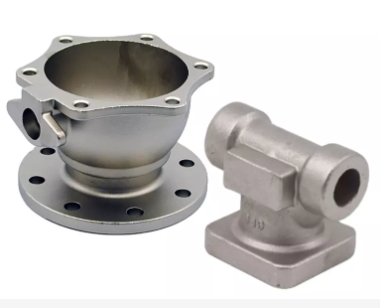
Key benefits include:
- Material Efficiency: The process minimizes waste by recycling excess metal and using wax multiple times.
- Energy Conservation: Advanced techniques, such as induction melting, reduce energy consumption.
- Environmental Compliance: Many foundries employ eco-friendly practices, such as emissions control and waste recycling, ensuring compliance with environmental regulations.
Challenges and Innovations in Lost-Wax Casting
While lost-wax casting offers numerous advantages, it also presents challenges, such as high initial costs and the complexity of shell-making. However, ongoing innovations are addressing these issues:
- Automation: Robotic systems are streamlining the shell-building and pouring processes, improving efficiency and consistency.
- Advanced Materials: New ceramic materials for shells enhance thermal resistance and reduce cracking.
- Additive Manufacturing: 3D printing is revolutionizing the pattern-making stage, enabling faster and more cost-effective production of wax models.
The Synergy of Warman D108 and Lost-Wax Casting
The collaboration between advanced engineering and precision casting techniques exemplifies the synergy of the Warman D108 and lost-wax casting.
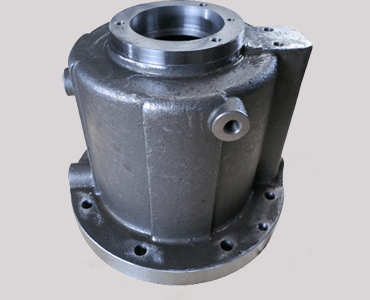
By leveraging the strengths of both, manufacturers achieve superior performance, reliability, and cost-effectiveness.
Conclusion
The Warman D108 slurry pump stands as a testament to engineering excellence, with its success rooted in the precision and durability of its components. Lost-wax casting plays a pivotal role in ensuring these components meet the highest standards, enabling the pump to perform in the harshest conditions.
As industries evolve, the combination of innovative casting techniques and robust pump design ensures that the Warman D108 remains a cornerstone of efficient and reliable slurry handling. This fusion of tradition and innovation highlights the transformative impact of lost-wax casting in modern industrial applications.

 By Mr.Sun
By Mr.Sun



